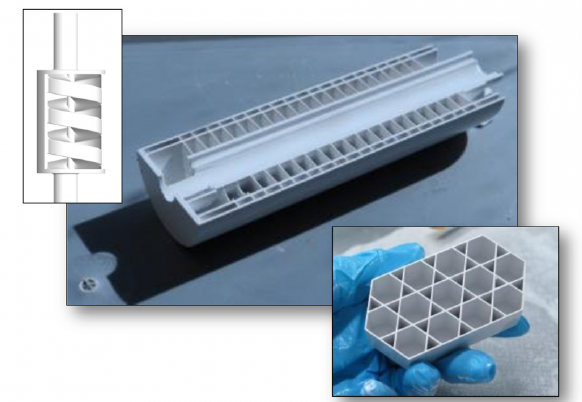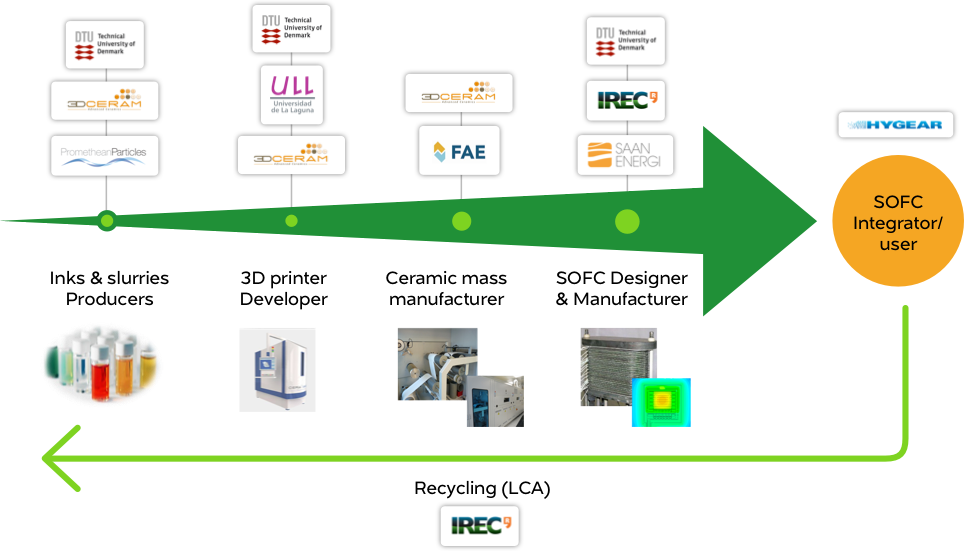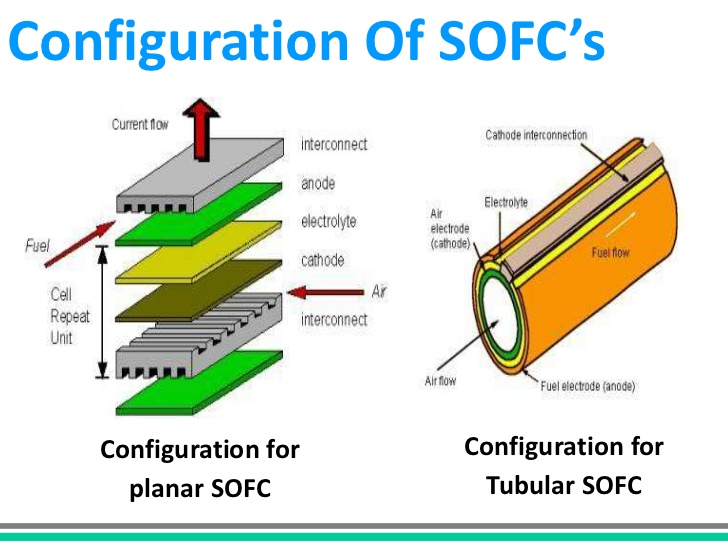The Cell3Ditor project is developing a hybrid inkjet/SLA ceramic 3D printer for the mass production of low emission Solid Oxide Fuel Cells (SOFCs).
As an alternative to carbon-based energy generation, the project has been backed by the European Commission within the Fuel Cells and Hydrogen Joint Undertaking (FCH JU).
Over the next three and half years the commission will support Cell3Ditor on its mission to develop the materials, machinery, and processes necessary to create and up-scale a circular system for alternative energy production.

Harnessing international expertise
Cell3Ditor is led by the Catalonia Institute for Energy Research (IREC) in Barcelona, Spain, with strategic partners at leading institutes and companies in the Netherlands, Sweden, Spain, the UK, France and Denmark.
In the project, each of the seven partners contribute their expertise to particular stages of development. The Technical University of Denmark (DTU), for example, will be instrumental in producing the materials, hardware and design of the 3D printed SOFCs.
As a small/medium enterprise, SAAN Energi AB, Sweden, will have particular focus on the design element of the project.
Other confirmed contributors are the Universidad de la Laguna, Promethean Particles LTD, Francisco Albero, S.A., HyGear Fuel Cell Systems B.V and ceramic 3D printer manufacturer 3DCeram.

Inside a SOFC
A SOFC produces electricity by oxidising a fuel such as hydrogen. They are arranged in an anode/cathode setup like that found in a battery.
The process of stripping hydrogen of its electrons and it fusing with oxygen generates the immense energy needed to produce electricity.

At scale SOFCs could be used to power electric cars, deemed to be the future of current vehicles.
Up until the 20th century when liquid alternatives were introduced, solid fuels were used as the primary power for rocket engines. Through development, SOFCs could even bring the rocket fuel cycle full-circle.
Why haven’t they been made sooner?
The current means of ceramic processing follows an incredibly complex series of over 100 steps and does not allow design flexibility.
The process makes it expensive, in money and time, to mass produce SOFC stacks, and the resulting cells include visible seals and lines that can make the stack less effective over time.
With 3D printing, Cell3Ditor proposes a simple two-step process to the manufacturing of monolithic SOFCs.
As outlined in the project’s report to the European Commission, “Apart from the obvious simplification resulting from a two-step (shaping and sintering) fabrication process and the reduction of waste material by employing additive manufacturing, the project reduces the cost associated to assembly of the whole stack and implementation of the final system, e.g. current collection, sealants, fluidics, etc.”

Proposed specifications
Current specification for the hybrid inkjet/SLA SOFC 3D printer, as per the project outline, are as follows:
Maximum printable volume – 30 x 30 x 10 cm (L x W x H)
Layer thickness – Between 10 and 250 μm
Lateral resolution – <100 μm
Multi-material deposition – 1 material by SLA and 4 by inkjet printing
Print speed – 100+ layers per hour
The team states the the finished product will be “A dedicated machine able to fabricate kW-range stacks will be built for the Cell3Ditor project becoming the core of the “tabletop” factory for mass production.”
To stay up to date with the latest 3D printer developments and projects sign up to our newsletter, the mostly widely read in the industry, follow us on Twitter and like us on Facebook.
Featured image shows: Demo ceramic cell 3D printing on a Ceramaker machine. Image via Cell3Ditor



